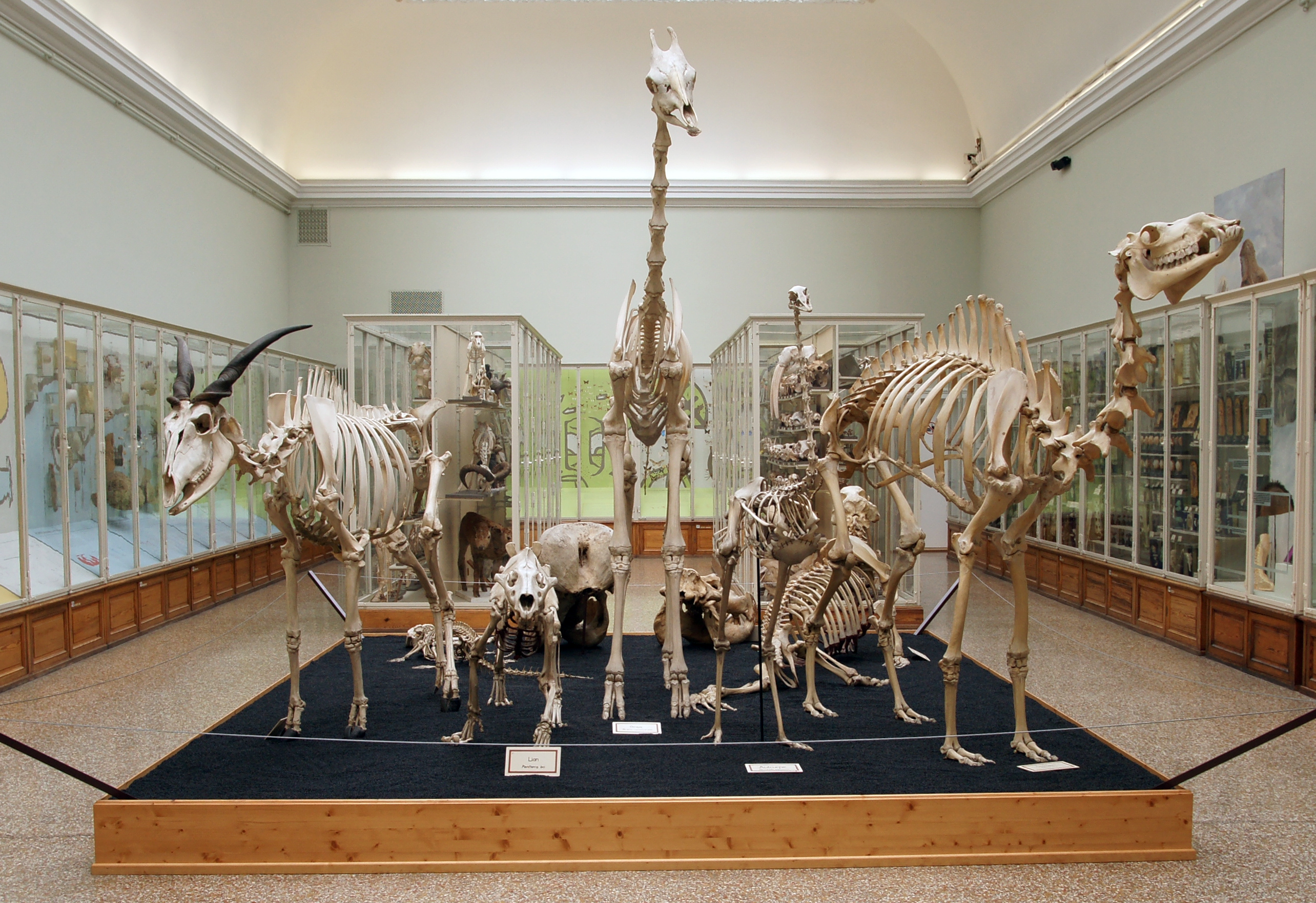Musée Cantonal de Zoologie on:
[Wikipedia]
[Google]
[Amazon]

 The Cantonal Museum of Zoology (french: Musée
The Cantonal Museum of Zoology (french: Musée
Official website
*
An Inventory of Major European Bird Collections
{{DEFAULTSORT:Musee Cantonal De Zoologie Natural history museums in Switzerland Museums in Lausanne
cantonal
The 26 cantons of Switzerland (german: Kanton; french: canton ; it, cantone; Sursilvan and Surmiran: ; Vallader and Puter: ; Sutsilvan: ; Rumantsch Grischun: ) are the member states of the Swiss Confederation. The nucleus of the Swiss Con ...
de zoologie) is a zoology
Zoology ()The pronunciation of zoology as is usually regarded as nonstandard, though it is not uncommon. is the branch of biology that studies the animal kingdom, including the structure, embryology, evolution, classification, habits, and ...
museum
A museum ( ; plural museums or, rarely, musea) is a building or institution that cares for and displays a collection of artifacts and other objects of artistic, cultural, historical, or scientific importance. Many public museums make thes ...
in the Palais de Rumine
The Palais de Rumine is a late 19th-century building in Florentine Renaissance style in Lausanne, Switzerland.
History
On his death, Gabriel de Rumine, son of Russian nobility, left the city of Lausanne 1.5 million Swiss Francs to erect ...
, Lausanne
, neighboring_municipalities= Bottens, Bretigny-sur-Morrens, Chavannes-près-Renens, Cheseaux-sur-Lausanne, Crissier, Cugy, Écublens, Épalinges, Évian-les-Bains (FR-74), Froideville, Jouxtens-Mézery, Le Mont-sur-Lausanne, Lugrin (FR ...
, Switzerland.
History
The museums history dates from 1779, when the "objects" of natural history in the Académie de Lausanne were indexed by Daniel-Alexandre Chavannes. In 1826, Chavannesvertebrate
Vertebrates () comprise all animal taxa within the subphylum Vertebrata () (chordates with backbones), including all mammals, birds, reptiles, amphibians, and fish. Vertebrates represent the overwhelming majority of the phylum Chordata, with c ...
collection was purchased by L'Etat de Vaud. The museum opened in the Académie de Lausanne in 1833. In 1886, the museum acquired 1,300 specimens bird specimens from Albert Vouga (1829–1896), the author of ''Album Neuchâtelois. Vues historiques et pittoresques'' a book of landscape and natural history photography.
Important collections of later date include the ant
Ants are eusocial insects of the family Formicidae and, along with the related wasps and bees, belong to the order Hymenoptera. Ants evolved from vespoid wasp ancestors in the Cretaceous period. More than 13,800 of an estimated total of ...
collection of Auguste Forel
Auguste-Henri Forel (1 September 1848 – 27 July 1931) was a Swiss myrmecologist, neuroanatomist, psychiatrist and eugenicist, notable for his investigations into the structure of the human brain and that of ants. For example, he is considere ...
and the insect
Insects (from Latin ') are pancrustacean hexapod invertebrates of the class Insecta. They are the largest group within the arthropod phylum. Insects have a chitinous exoskeleton, a three-part body ( head, thorax and abdomen), three ...
collection of the then Director Jacques Aubert
Jacques Aubert (30 September 1689 – 19 May 1753), also known as Jacques Aubert le Vieux (Jacques Aubert the Elder), was a French composer and violinist of the Baroque period. From 1727 to 1746, he was a member of the Vingt-quatre Violons du Ro ...
(1916–1995).
The museum moved to its present location Palais de Rumine
The Palais de Rumine is a late 19th-century building in Florentine Renaissance style in Lausanne, Switzerland.
History
On his death, Gabriel de Rumine, son of Russian nobility, left the city of Lausanne 1.5 million Swiss Francs to erect ...
in 1906.
Notes and references
See also
*List of natural history museums
This is a list of natural history museums, also known as museums of natural history, i.e. museums whose exhibits focus on the subject of natural history, including such topics as animals, plants, ecosystems, geology, paleontology, and climatolog ...
External links
*Official website
*
An Inventory of Major European Bird Collections
{{DEFAULTSORT:Musee Cantonal De Zoologie Natural history museums in Switzerland Museums in Lausanne